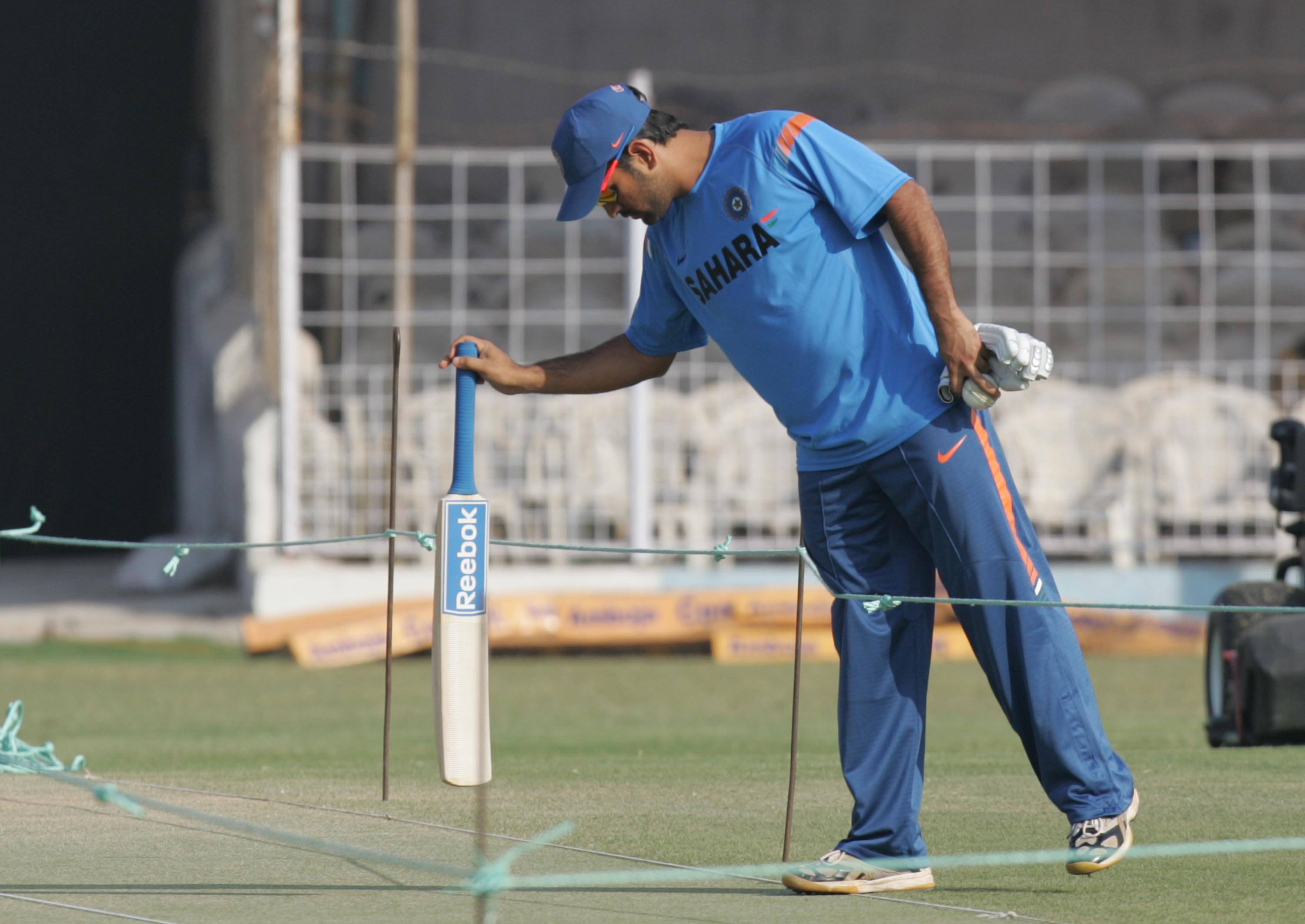Indian cricket has come a long way, including the job of a curator, says ex-chief Daljit Singh
Former BCCI chief curator Daljit Singh admits that Indian cricket has come a long way, especially in the system developed for the job of a curator. Daljit also expressed that although he retires as a happy man after 22 years of thankless service, it is hard for him to stay away from the 22 yards.

A former first-class cricketer who turned into a master in preparing good cricketing surfaces, Daljit leaves behind a legacy of dedication and hard work. But even a month since his retirement, he continues to head the Punjab Cricket Association pitch committee and oversaw preparations for the second T20I between India and South Africa.
“I still exercise. I have to if I have to stand under the sun. Needless to say, Indian cricket has come a long way, including the job of a curator. Back in the day groundsmen were merely seen as ‘maalis’ who didn’t even get paid but now we have a system in place which produces certified curators (since 2012). Like umpires, curators are also posted now,” Daljit told PTI.
It was the former PCA and BCCI president IS Bindra who hand-picked him in 1993 to produce the fastest pitch in India at Mohali at the time. Four years later, Daljit became part of BCCI’s first pitch committee. But nowadays, things don’t run as it used to when he first joined. At present, around 100 BCCI certified curators are working across the country.
“It is a big number. I leave behind a settled system. The credit must go to the board also. BCCI in many ways was a trend-setter, it gave us the best possible resources to prepare good pitches. The likes of Bindra, Jagmohan Dalmiya and Sharad Pawar listened to us,” Daljit noted.
Even though there is a well-established system, the job of a curator continues to be a thankless one, especially in India. More often than not, pressure is exerted by the home side to prepare a pitch of its liking and Daljit has a clear stance on the matter.
“You can’t say interference, they have their interests, why not? The home team takes interest and there is nothing wrong with that. It is like that all over the world. Curators must realise there is a match referee. If you go overboard, you could get a poor rating. There must be a balance between bat and ball,” he said.
“It is fair enough. They (other teams) also prepare to their needs when we travel. Ideally, the pitch should seam on day one, helps the batting side on day two and three and after that spinners come into play. Having said that, like you and me, pitches also age. It also depends a lot on what time of the year you are conducting the game, the pitch will behave accordingly. This time in North, Ranji Trophy will be played in December and I expect the fast bowlers to have a good time,” Daljit added.

Comments
Sign up or log in to your account to leave comments and reactions
0 Comments